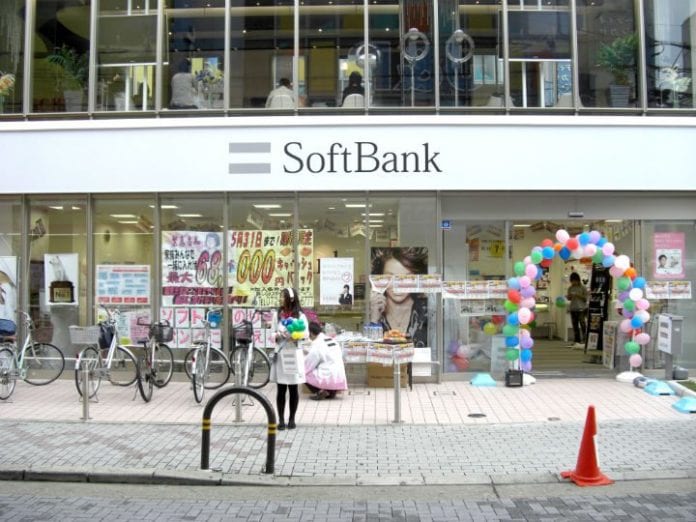New SoftBank test builds on trial focused on 28 GHz
Japanese mobile telephony operator SoftBank plans to work with Ericsson to conduct a joint trial of 5G in the 4.5 GHz band in dense, urban areas of Tokyo. The two companies said this 5G trial will involve two new radios, virtualized radio access network and evolved packet core RAN, beamforming, massive multiple input multiple output (MIMO) functionality and support services.
Ericsson said that the trial is set to commence once the Japanese telco obtains an experimental 5G license.
In March, SoftBank and Ericsson teamed up for a 5G trial in the 28 GHz millimeter wave band, which followed earlier tests in the 4.5 GHz and 15 GHz bands in Tokyo in 2016.
SoftBank also recently announced plans to deploy Ericsson’s Radio Dot system across Japan to improve indoor coverage in high-density urban areas. Softbank has been testing the technology since 2015.
SoftBank believes MIMO technology will represent a key part of the firm’s 5G strategy.
Hidebumi Kitahara, senior director of mobile netowrk planning at SoftBank, said in December 2016 during a media briefing in Tokyo, that a total of 100 cell sites, mostly in Tokyo, had already been upgraded with the technology. Kitahara also said the technology would be deployed in “a few thousand sites” across Japan next year, with equipment provided by ZTE and Huawei.
SK Telecom, Nokia reduce latency between handsets and base station to 2 milliseconds
In related 5G news, Korean telco SK Telecom and Nokia announced they have successfully reduced latency between the handset and base station to 2 milliseconds (ms) over its LTE network.
The latency between the handset and base station in the existing LTE environment is around 25ms.
The newly developed lower latency technology is expected to facilitate the development of diverse real-time services such as autonomous driving, and augmented and virtual services – which will become widespread in the 5G era, SK Telecom said.
“Low latency technology is essential in realizing 5G services such as autonomous driving, artificial intelligence and virtual reality services,” said Park Jin-hyo, SVP and head of network technology R&D center of SK Telecom. “We will continue to improve our low latency technologies to achieve 5G evolution, while applying the latest technologies to our LTE networks to further enhance customer experience.”

